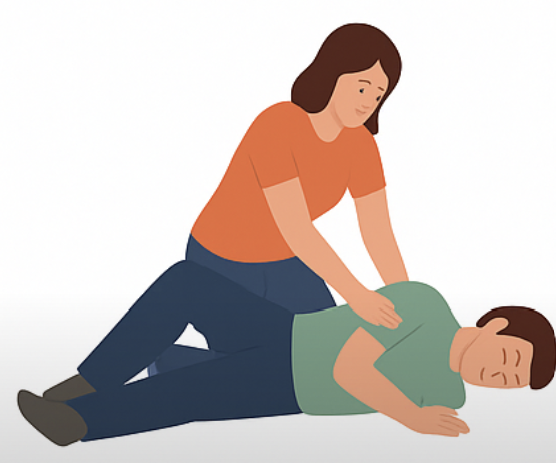Types Of Syringes In Prehospital Care
Types Of Syringes Introduction
Syringes are one of the most commonly used tools in prehospital medicine. From administering adrenaline during a cardiac arrest to flushing intravenous cannulas or irrigating wounds, they are essential for safe and effective clinical care in the field.
Although syringes appear simple, their design, size, and compatibility play a significant role in patient safety and clinical efficiency. Selecting the right types of syringes can help avoid medication errors, cross-contamination, and device disconnection during transport.
In this article, we’ll explore the different types of syringes, tip designs, sizes, and safety features, focusing specifically on their prehospital applications.
A Brief Overview Of A Syringe
A syringe is a simple yet precisely engineered device used to inject or withdraw fluids. It typically consists of three parts:
Barrel – the main cylindrical body that holds the fluid.
Plunger – creates positive or negative pressure to draw or expel fluid.
Tip – the connection point for a needle, catheter, or tubing.
Syringe Type By Volume & Function
Types of syringes come in a variety of volumes, typically ranging from 1 mL to 60 mL, with specific designs optimised for their intended purpose.
| Syringe Type | Common Sizes | Prehospital Uses | Key Considerations |
|---|---|---|---|
| Insulin Syringe | 0.3 – 1 mL | Rare in prehospital care; used for small, precise subcutaneous doses | Graduated in units, fine needle, limited use outside diabetic emergencies |
| Tuberculin (TB) Syringe | 1 mL | Drawing or administering small-volume medications (e.g., paediatric doses) | Ideal for low-dose IV or IM administration |
| Standard Syringe | 2 – 20 mL | General drug administration, IV boluses, and saline flushes | Most common syringe type on UK ambulances |
| Large-Volume Syringe | 30 – 60 mL | Wound irrigation, aspiration of gastric contents, suction backup | Produces strong negative pressure — caution with fragile veins |
| Oral/Enteral Syringe (ENFit) | 1 – 60 mL | Administering oral or nasogastric medications | Non-Luer compatible for safety; purple colour for visual differentiation |
Syringe Tips
The tip design dictates how the syringe connects to other devices. Choosing the right types of syringes connection reduces leakage, accidental disconnection, and misconnection risk, all critical considerations during patient transport.
Threaded tip that screws securely onto a needle or extension. Standard in UK ambulance services for IV and IM administration; prevents leaks and detachment during movement.
Smooth push-on connection relying on friction. Useful for quick draw-ups and IV and IM administration.
Tip sits off-centre, aligning with the syringe barrel. Facilitates parallel injections into veins close to the skin.
Long, tapered tip suitable for tubing or catheters. Commonly used for wound irrigation or connecting to Foley catheters.
Special connector that prevents IV compatibility. Used exclusively for enteral or oral medication to prevent misconnections.
Prehospital Syringe Examples
| Scenario | Recommended Syringe | Clinical Rationale |
|---|---|---|
| IM Adrenaline (Anaphylaxis) | 1 mL Luer-Lock | Allows precise dosing of 0.3–0.5 mL (1:1000) |
| IV Morphine Administration | 2–5 mL Luer-Lock | Secure connection for controlled titration |
| IV Flush (Cannula Patency) | 10 mL pre-filled saline syringe | Ensures patency and prevents clot formation |
| Wound Irrigation | 50 mL Catheter Tip Syringe | Provides sufficient pressure to clean debris |
| Oral Paracetamol (Paediatric) | 5 mL ENFit Oral Syringe | Prevents accidental IV connection |
| Drawing from Ampoules | Any syringe with blunt fill needle (18G) | Reduces risk of coring or glass fragments |
Types Of Syringe Key Points
Different syringe types serve specific purposes — from small-volume insulin and tuberculin syringes to large-volume and enteral types used for flushing or irrigation.
Luer-Lock syringes are preferred in prehospital care for secure needle attachment and reduced disconnection risk during transport.
ENFit (oral/enteral) syringes are non-Luer compatible to prevent IV misconnections, essential for medication safety.
Selecting the correct size improves accuracy and control, especially when titrating potent drugs like adrenaline or morphine.













